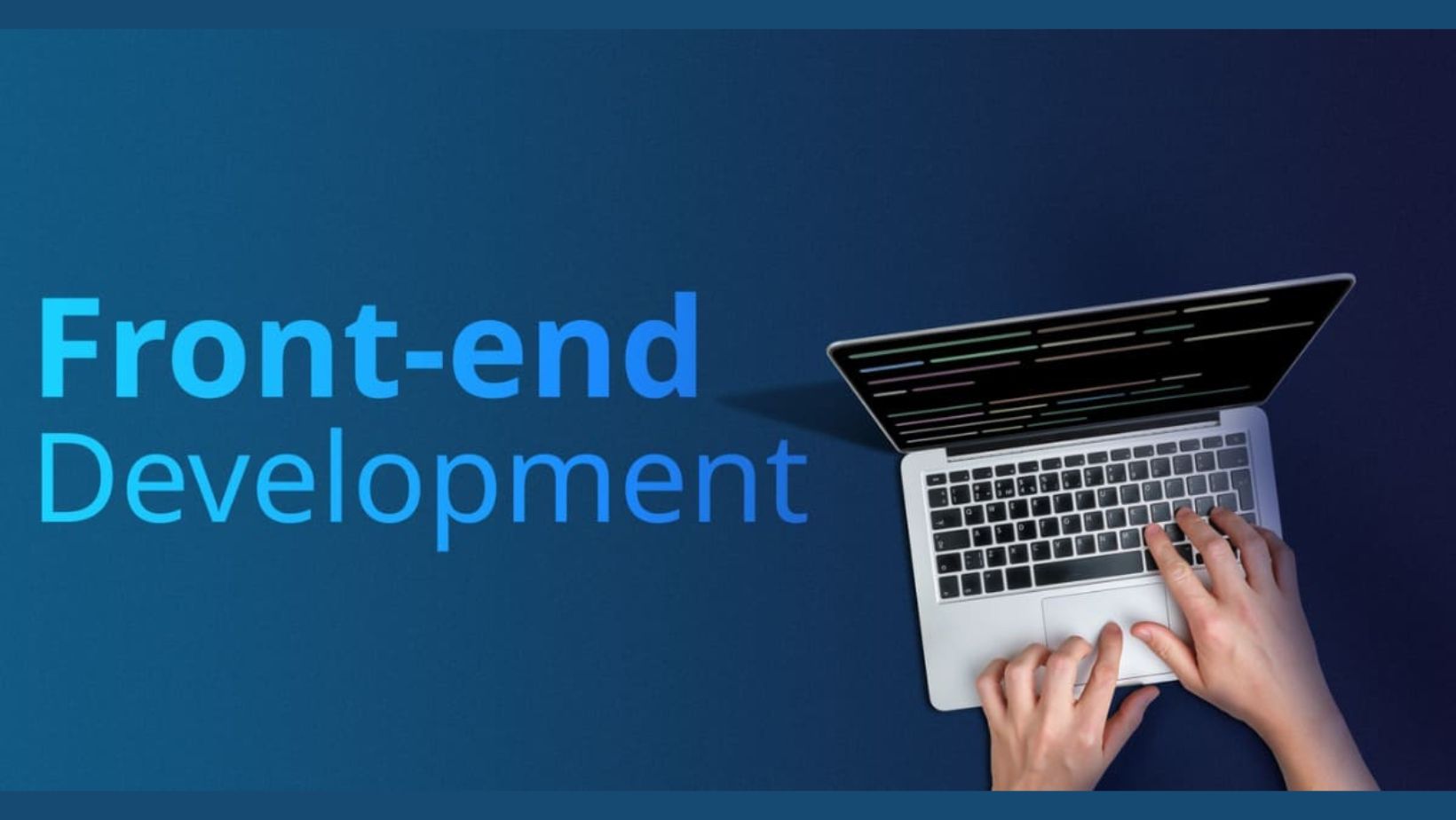Understanding Front-End Development: A Beginner’s Guide

Front-end development is one of the most critical areas of web development, focusing on creating the user-facing part of a website or web application. If you are new to this field, this guide will introduce you to front-end development concepts, tools, and frameworks. By the end of this article, you will have a solid understanding of what front-end development is all about and how you can begin your journey into the world of web development.
What is Front-End Development?
Front-end development refers to the creation of the visual and interactive parts of a website or web application. These are the components that users see and interact with directly. Front-end developers work with technologies that ensure a seamless, user-friendly experience. This aspect of development involves the use of languages like HTML, CSS, and JavaScript to build the structure, layout, and functionality of a site.
Key Responsibilities of a Front-End Developer
Front-end developers are responsible for:
- Designing the user interface (UI): Ensuring that the website is visually appealing and user-friendly.
- Optimizing user experience (UX): Making sure the website functions smoothly across all devices and browsers.
- Implementing interactive elements: Using JavaScript and frameworks like React or Angular to add interactive features.
- Ensuring responsiveness: Ensuring that the website adjusts to different screen sizes and devices.
Essential Skills for Front-End Development
To be successful as a front-end developer, you must master several core skills. Let’s look at the key technologies and frameworks that are commonly used in front-end development.
1. HTML (Hypertext Markup Language)
HTML is the foundation of web pages. It defines the structure of a webpage, including elements like headings, paragraphs, links, images, and more. Every front-end developer must have a solid understanding of HTML to create functional and organized webpages.
2. CSS (Cascading Style Sheets)
CSS controls the look and feel of a website. It allows developers to apply styles like colors, fonts, and layouts to the HTML structure. CSS is also responsible for making websites responsive by using media queries, ensuring the site looks great on all devices.
3. JavaScript
JavaScript is the scripting language that brings websites to life. It allows for dynamic content, interactivity, and complex animations. JavaScript is essential for front-end developers to create interactive elements like form validation, carousels, or dropdown menus.
4. Front-End Frameworks
- React: A JavaScript library for building user interfaces. React is widely used because it’s fast, scalable, and simple to learn.
- Vue.js: A progressive framework for building UIs and single-page applications.
- Angular: A platform for building web applications, Angular is known for its powerful tools and dynamic features.
Tools and Technologies for Front-End Development
In addition to core programming languages, front-end developers use various tools to enhance productivity and streamline the development process.
1. Code Editors
A good code editor is essential for writing clean and error-free code. Popular choices include:
- Visual Studio Code (VS Code): A powerful, open-source code editor with various extensions.
- Sublime Text: A lightweight, fast editor known for its speed and versatility.
2. Version Control Systems
Version control tools like Git are used to manage changes in code over time. GitHub or GitLab are platforms where developers can host their projects, collaborate, and track changes.
3. Browser Developer Tools
Most modern web browsers come with developer tools that help front-end developers debug, inspect, and optimize code. These tools can be used to inspect HTML elements, debug JavaScript, and test responsiveness.
Becoming a Front-End Developer
If you're thinking about becoming a front-end developer, there are several paths to consider. You can learn through self-study, bootcamps, or online courses. For those looking to develop a deeper understanding of both front-end and back-end technologies, a comprehensive Full stack development course in Delhi, Noida, Faridabad, Ghaziabad, Gurgaon, Greater Noida, and other cities located in India can be a great choice to gain expertise across the entire development stack.
1. Learn the Basics
Start by learning the foundational technologies: HTML, CSS, and JavaScript. There are countless free resources and tutorials available online to help you get started.
2. Practice with Projects
The best way to improve your skills is through hands-on practice. Build simple projects like a personal portfolio, a to-do list, or a weather app to hone your skills.
3. Stay Updated with New Technologies
Web development is constantly evolving. Keep learning and stay updated with new tools and frameworks like React, Vue, or Angular. Join developer communities, attend webinars, and follow blogs to keep up with industry trends.
Conclusion
Front-end development is an exciting and rewarding career that allows you to shape the way users interact with digital platforms. By mastering core technologies like HTML, CSS, and JavaScript, and staying updated with the latest tools and frameworks, you can build interactive and dynamic websites.
